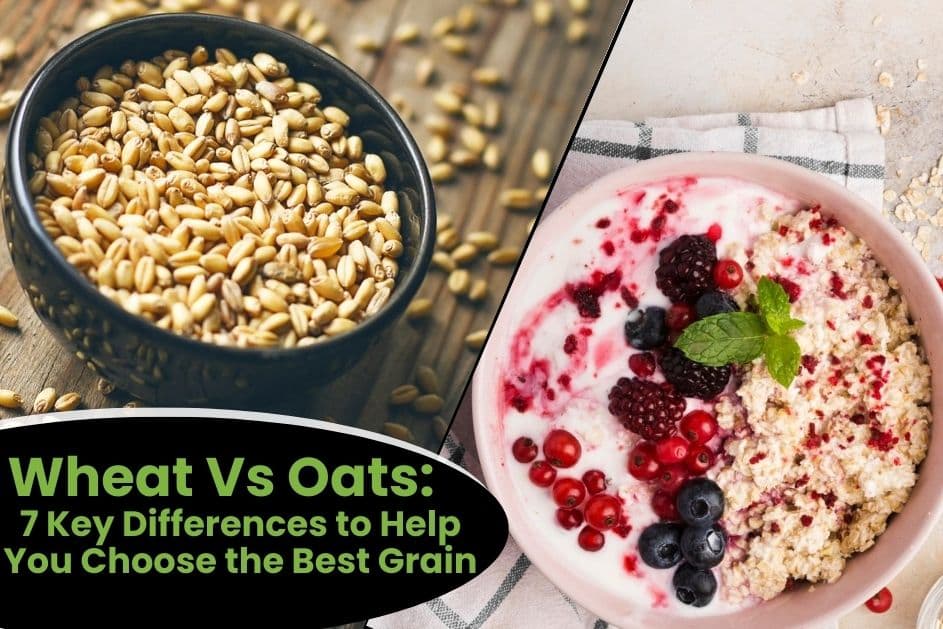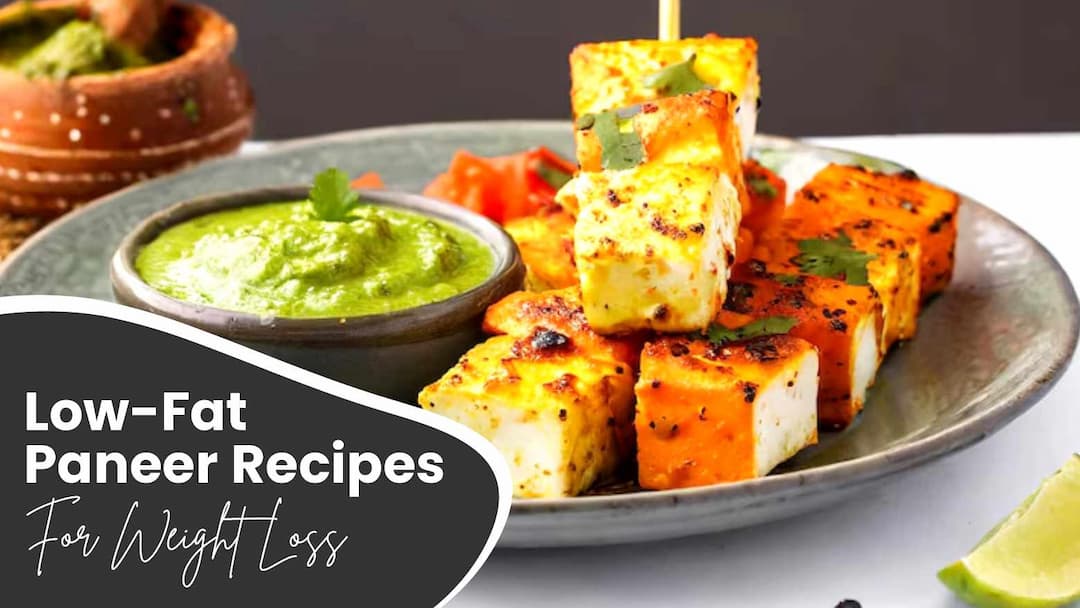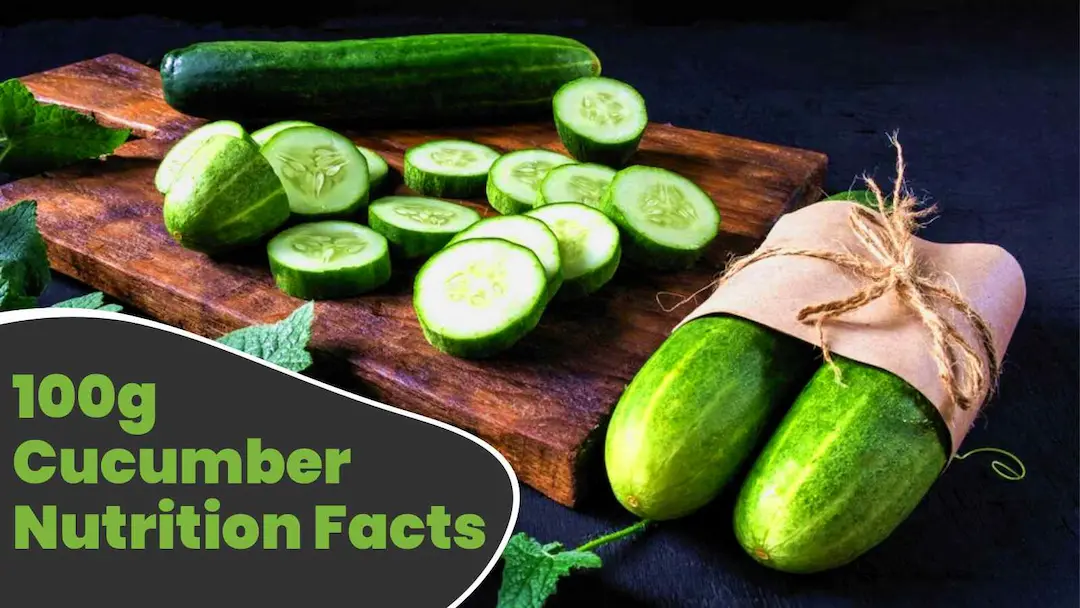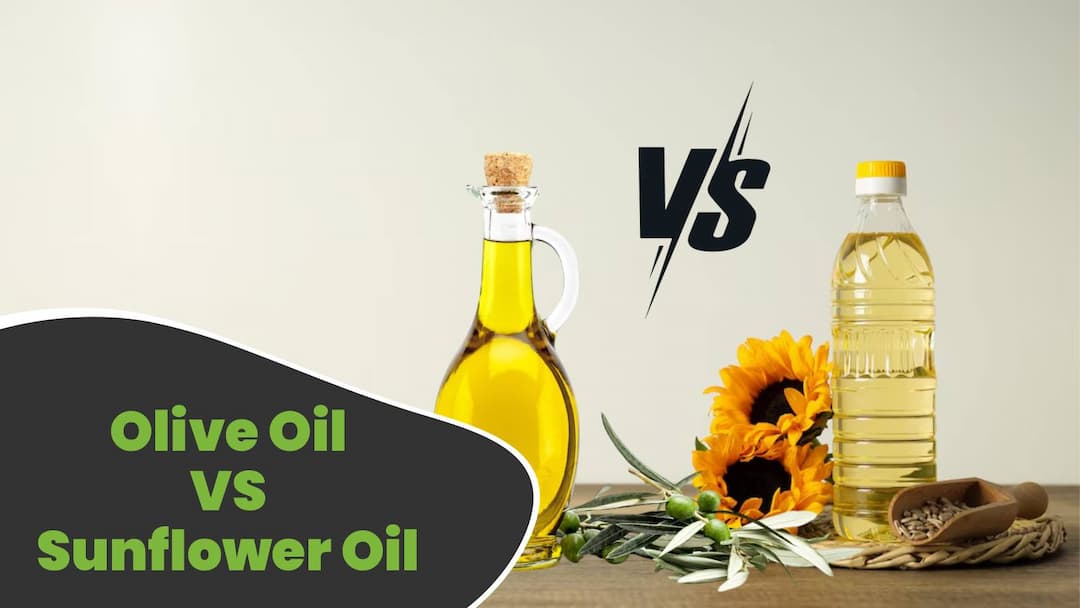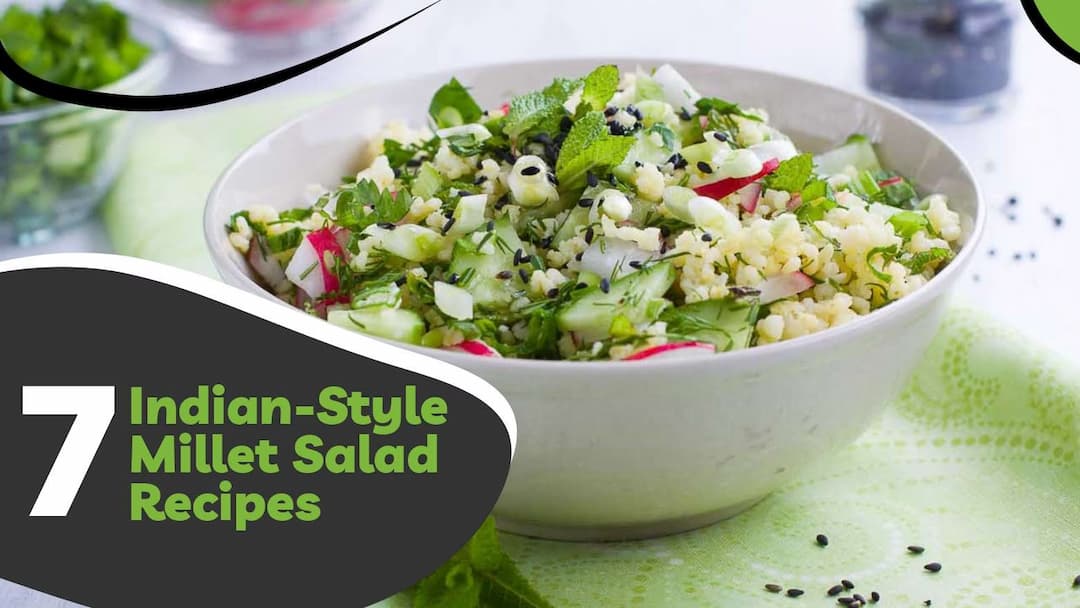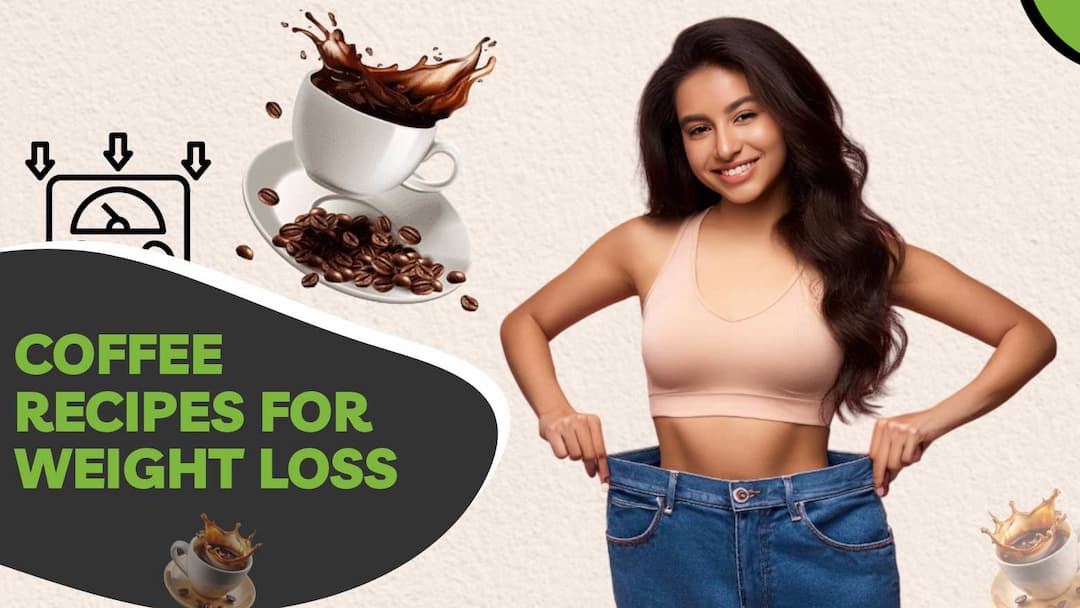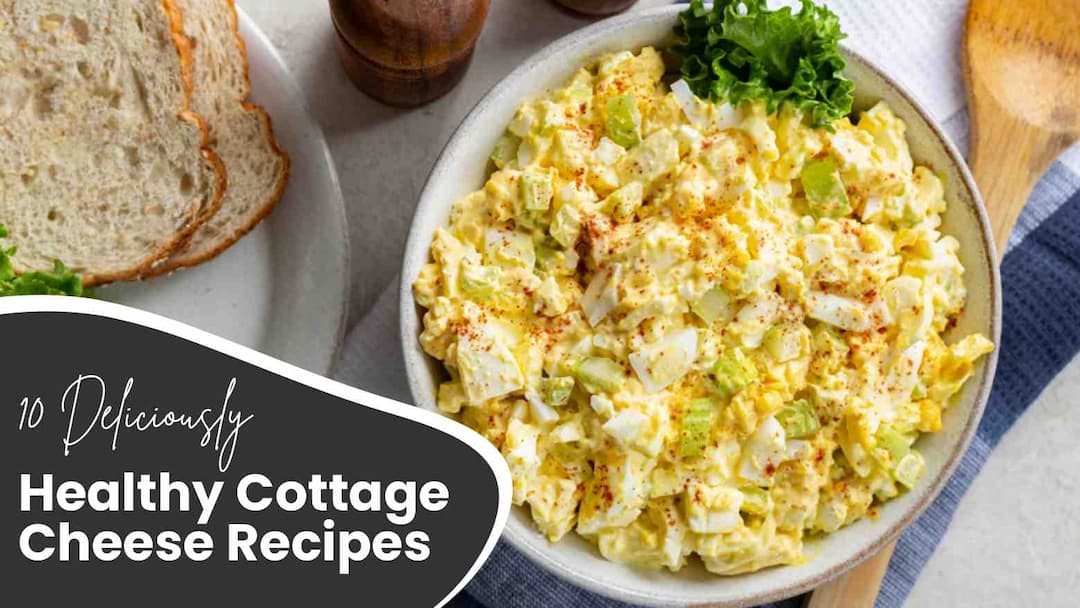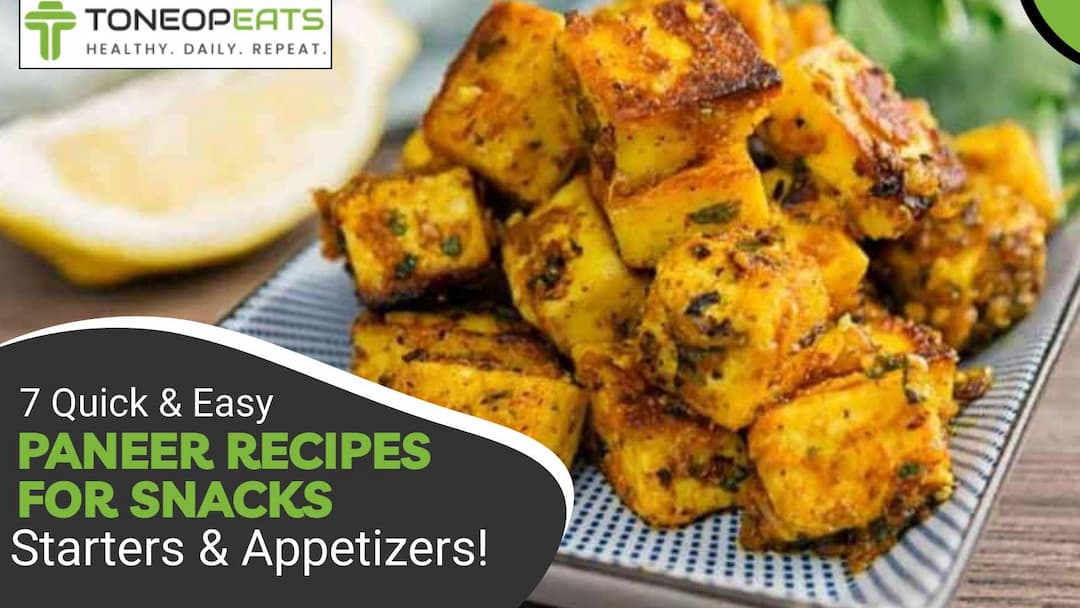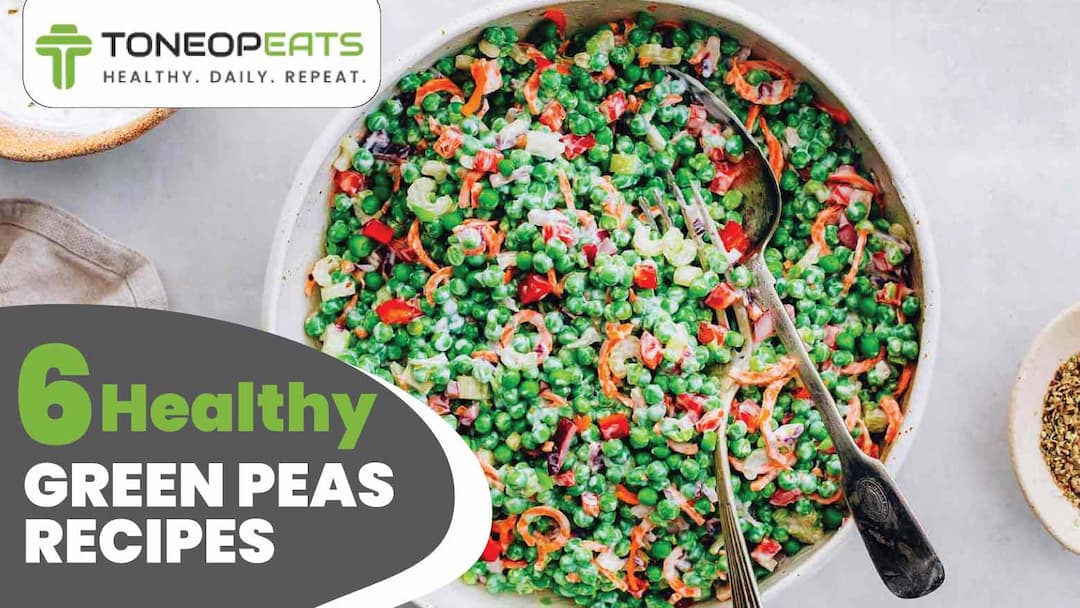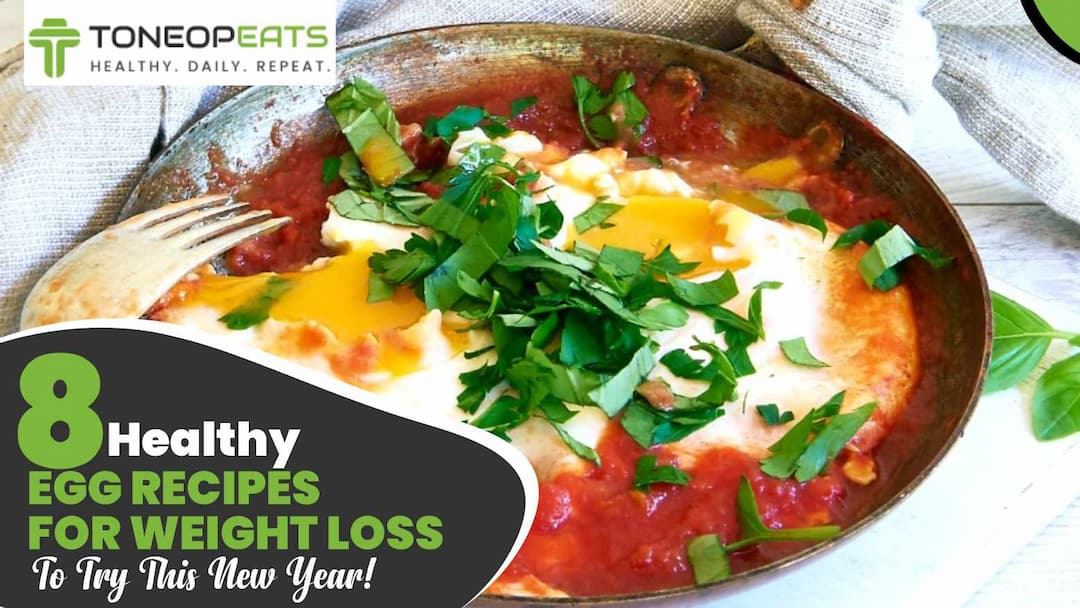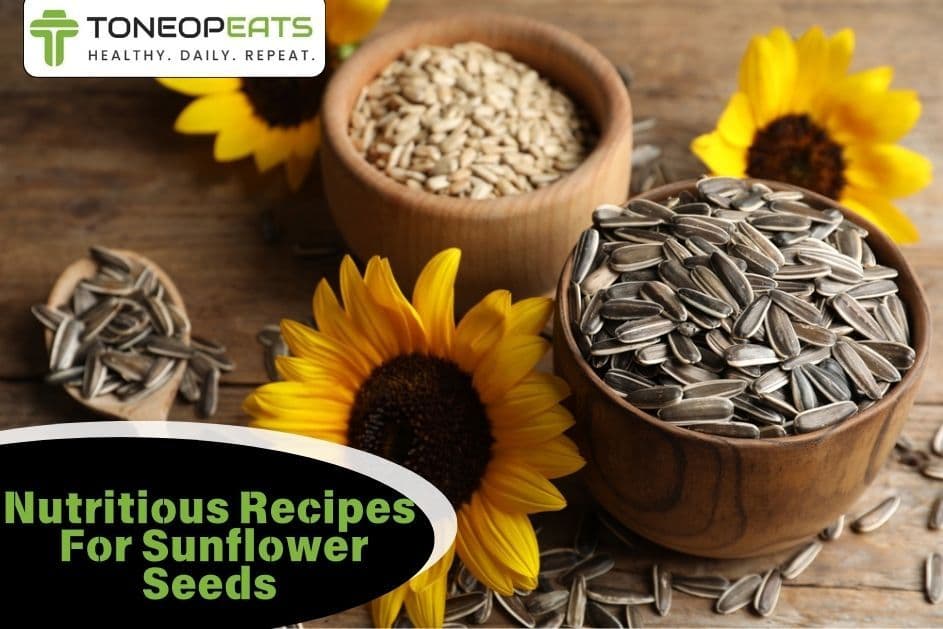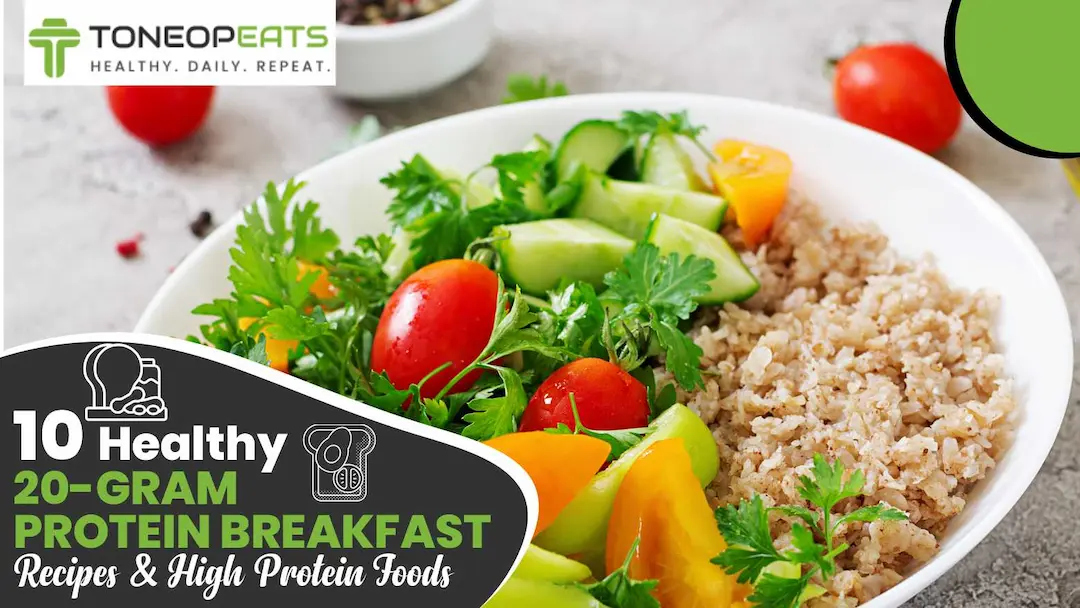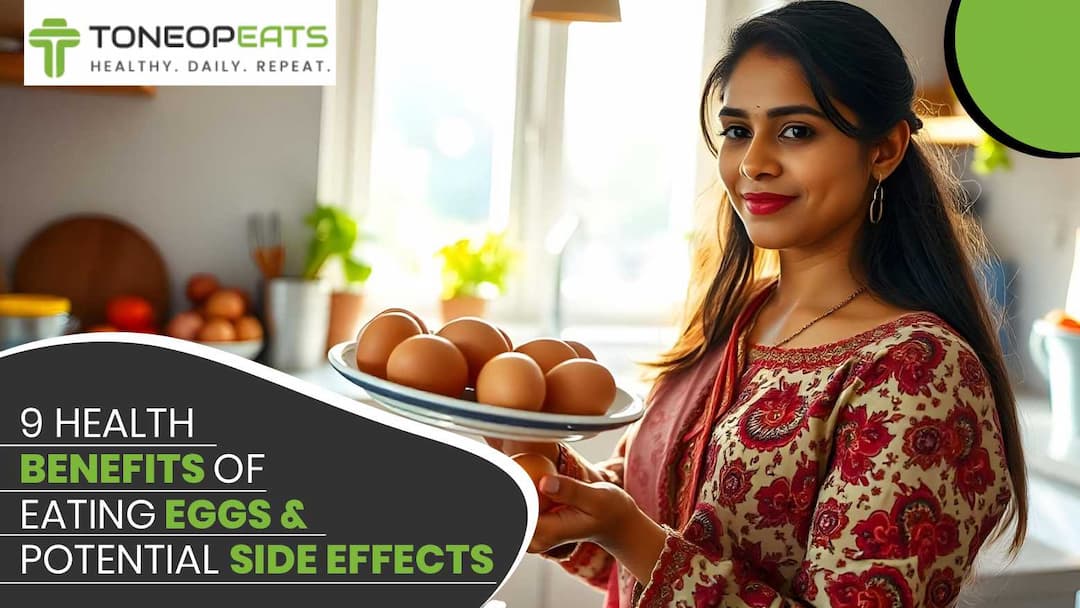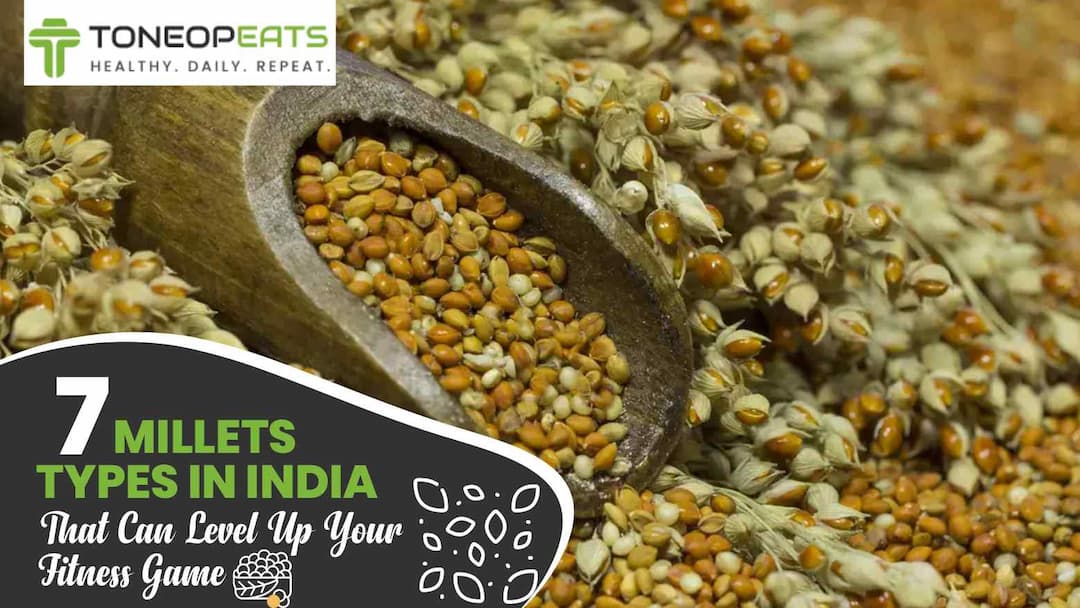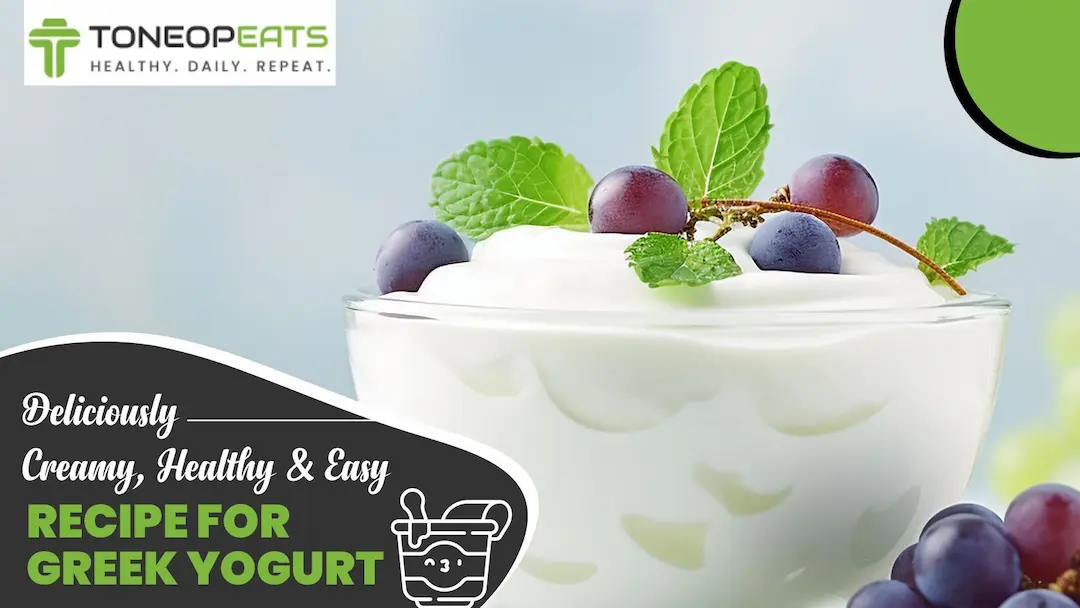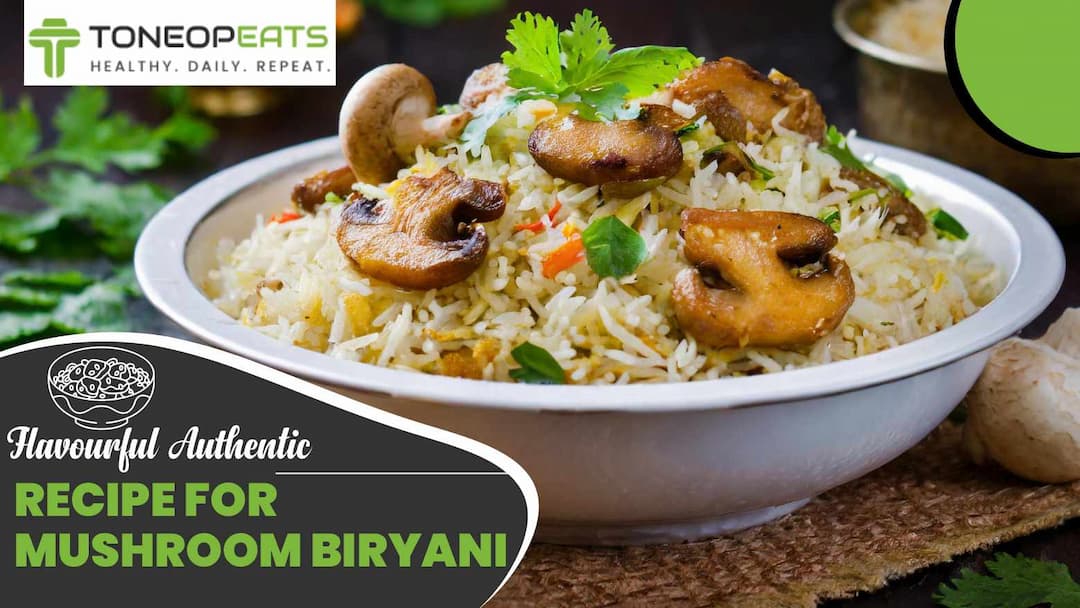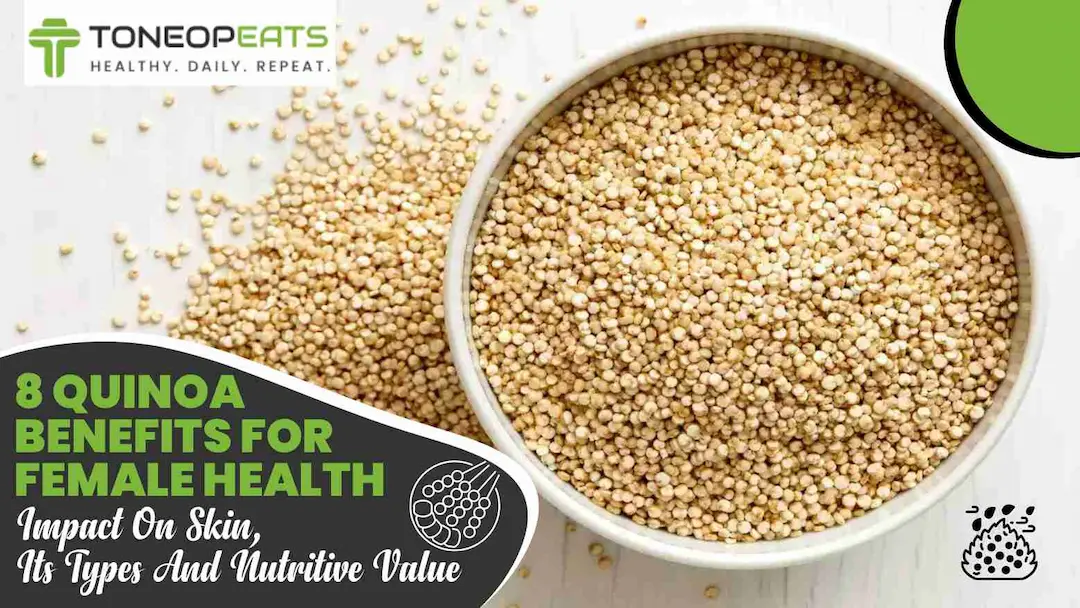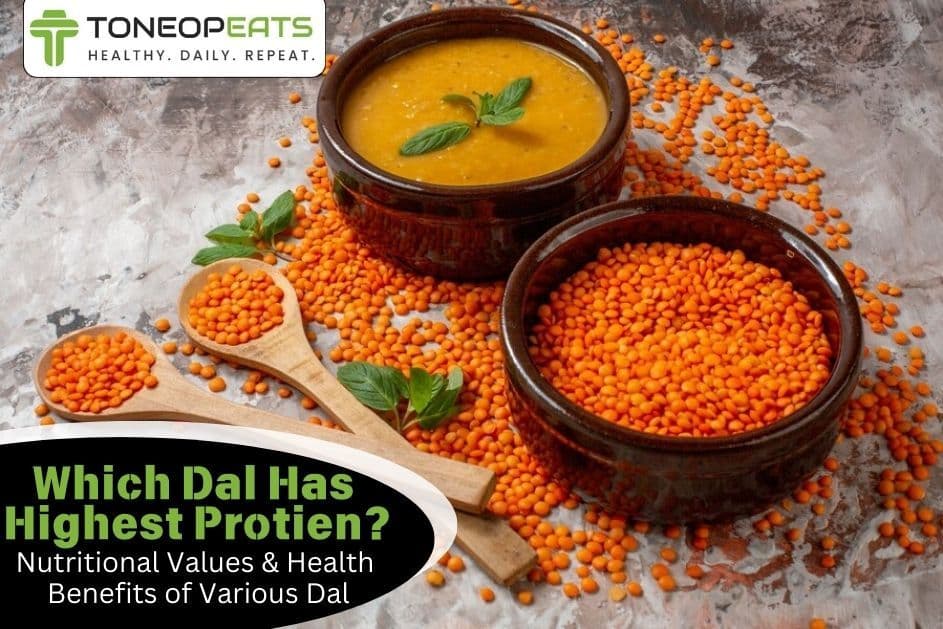When choosing wheat vs oats, many weigh which grain is better for our health and lifestyle. Should you stick to wheat, the traditional staple in everything from bread to chapati, or is it time to try oats superfood for heart health? We worry about things like fibre intake, blood sugar levels, and weight management. Are oats really that much better for me? What are the real benefits and drawbacks of each? Well, the answer depends on your personal health goals, dietary restrictions, and even taste preferences.
But how do you decide which grain you must use? This blog explores seven key wheat vs oats differences, exploring their benefits, drawbacks, and how they affect your health. From understanding their nutrient profiles to their suitability for gluten-free diets, we’ll break down everything you need to know.
So, let’s explore these two healthy grains and find out which one deserves a spot on your plate!
Table Of Contents
1. Which Is Better, Oats Or Wheat? 7 Key Differences
2. Can I Replace Wheat With Oats?
3. The Final Say
4. FAQs
5. References
Which Is Better, Oats Or Wheat? 7 Key Differences
Deciding between oats and wheat often depends on your health concerns, dietary goals, and personal preferences. While both are nutritious grains, each has unique properties that can make one a better fit, depending on your needs. Questions like calorie intake, nutrient density, gluten sensitivity, and effects on digestion are common considerations between these two staples:
- Oats: A cereal grain prized for its high fibre content and nutritional value. Versatile and used in quick masala oats recipes, oatmeal, flour, and bran. Naturally gluten-free, often you have to check labels if necessary.
- Wheat: A staple grain and a key ingredient in bread, pasta, and baked goods. Whole wheat retains more nutrients than refined. It offers high gluten, which can be sensitive for some.
You can visit ToneOp Eats to experience the taste and wellness of nutrient-dense and calorie-counted meals. Let’s explore wheat vs oats differences in depth to help you decide which is better suited for your wellness goals and usage:
1. Wheat Vs Oats: Taste And Texture
Wheat and oats bring very different taste profiles and textures to the table. Wheat, especially in the form of bread or chapati, offers a nutty, slightly earthy flavour with a chewy texture, making it a versatile choice in savoury dishes.
Conversely, oats are milder and slightly sweet, with a soft, creamy texture when cooked. This makes them perfect for porridge, smoothies, and desserts.
Wheat is preferred for versatility in baking, but oats might win the flavour game if you enjoy a breakfast or a sweet snack.
2. Wheat Vs Oats: Calorie Counts
In terms of calories, both are relatively similar when consumed in their natural, unprocessed forms. A cup of cooked oats contains approximately 150 calories, while the same amount of cooked whole wheat has about 170 calories. However, processed forms like instant oats or refined wheat products (white bread) can vary significantly in calories. Oats are slightly more advantageous for weight loss due to their higher fibre.
3. Wheat Vs Oats: Nutrient Profile
Oats have an edge when it comes to their nutrient density. They are rich in soluble fibre, especially famous as the best beta-glucan foods, known for lowering cholesterol plus improving heart health. Oats are also high in magnesium, iron, and plant-based protein.
Wheat, particularly whole wheat, offers complex carbohydrates, B vitamins, and minerals like selenium and zinc. However, opt for whole wheat instead of refined wheat to ensure you get the most nutrients. For heart health and better digestion, oats slightly outshine wheat.
Consider this comparison of the nutritional values of wheat and oats, which focuses on key areas:
Nutrient | Wheat (Whole Grain) | Oats (Rolled) |
Calories (per 100g) | 340 | 389 |
Protein (g) | 13 | 17 |
Carbohydrates (g) | 72 | 66 |
fibre (g) | 11 | 10 |
Fat (g) | 2.5 | 7 |
Saturated Fat (g) | 0.4 | 1.2 |
Calcium (mg) | 30 | 54 |
Iron (mg) | 4.2 | 4.7 |
Potassium (mg) | 431 | 429 |
Magnesium (mg) | 160 | 177 |
Zinc (mg) | 3.5 | 3.9 |
Vitamin B6 (mg) | 0.4 | 0.12 |
Folate (mcg) | 38 | 56 |
Note: Values can vary slightly depending on the specific type of wheat or oats and how they are processed.
Enjoy ToneOp Care's raw, unroasted Sunflower Seeds and Pumpkin Seeds products as a nutritious snack with balanced nutrients that can support heart health, improve skin appearance, aid weight management, and boost your immune system.
4. Wheat Vs Oats: Gluten Sensitivity
One of the biggest differences between wheat and oats is gluten. Wheat contains gluten, a protein that can cause digestive discomfort in individuals with gluten intolerance or celiac disease.
Oats, naturally, do not contain gluten, but they are often processed in facilities that also handle wheat. Certified gluten-free oats are available for those with sensitivities, making them a safer option for avoiding gluten altogether.
5. Wheat Vs Oats: Glycemic Index Differ
The glycemic index (GI), which measures how quickly a food raises blood sugar levels, varies between wheat and oats. Oats usually have a lower GI than wheat, especially steel-cut or rolled oats, making them better for managing blood sugar levels.
Whole wheat or other plant-based foods have a moderate GI, but refined wheat can spike blood sugar quickly. For diabetes and steady energy release, oats are a healthier pick.
6. Wheat Vs Oats: Effect On Gut Health
Both grains support gut health, but oats often take the lead. Oats' high soluble fibre content acts as prebiotics, feeding the required good bacteria in your gut and promoting a healthy microbiome.
Wheat, when consumed in its whole form, also contains fibre, but it primarily offers insoluble fibre, which helps with regular bowel movements. If gut health is a top concern, oats’ prebiotic benefits make them a superior choice.
For relief from digestive discomfort, consider Digest 360 Tablets by ToneOp Care. This product offers 12 powerful enzymes, restores your digestive system's balance, and supports optimal gut health.
7. Wheat Vs Oats: Common Uses In Food
Wheat is incredibly versatile and a staple in many diets worldwide. It makes bread, chapati, pasta, and baked goods. Oats are more commonly used for breakfast dishes like oatmeal, granola, and overnight oats, but they also work in smoothies, cookies, and bars. Both grains have a wide range of applications, but oats often give quick and healthy meal options, while wheat lends itself to traditional recipes and hearty dishes.
Final Tip: Making the Right Choice
The choice between wheat and oats depends on your goals. Oats may be your best pick if you prioritise heart health and weight management or need a gluten-free option. However, wheat is a versatile grain for baking and is well tolerated by gluten. To get the best of both grains, consider including them in their whole, unprocessed forms. This way, you’ll enjoy their unique benefits while keeping your meals varied and interesting.
Also Read: Wholesome Recipe For Dal Khichdi to Nourish Your Body
Can I Replace Wheat With Oats?
While you can't completely replace wheat in every single recipe (think fluffy bread or perfectly chewy pasta), you can definitely include oats into your low-calorie meal prep in place of wheat in many ways. Oats are a natural alternative, especially for meals like breakfast cereals, porridge, and even baking. They bring a desired nutty flavour and a fibre boost that wheat sometimes lacks.
So, while a 100% wheat-free life might require some adjustments, using oats as a major part of your nutritious diet instead of wheat is absolutely possible and can be a very healthy choice. Just remember that some recipes might need a little tweaking when you substitute, but the delicious and nutritious results are often worth it!
Also Read: Try This Comforting & Creamy Mushroom Sauce Recipe
The Final Say
Ultimately, while deciding wheat vs oats, know that both offer valuable nutrients, but oats have an edge with their higher fibre counts, especially the heart-healthy soluble fibre. Most importantly, when cooking, consider the texture you desire. Oats can be creamy or chewy, while wheat is often used in more structured dishes. This is why, whether you use oats or wheat, both can be part of a balanced nutrition diet!
FAQs
1. Is it good to eat oats daily?
Absolutely, yes, eating oats daily is a healthy choice! They are full of high fibre, vitamins, and minerals. Oats can lower cholesterol, regulate blood sugar, and keep you feeling full for longer.
2. Can oats replace roti?
Indeed! Oats can be a healthy alternative to roti. They offer more fibre and nutrients compared to regular roti.
3. What are the oats vs wheat nutrition differences?
Oats have more soluble fibre than wheat. This type of fibre is great for heart health. Oats also have more protein and different vitamins and minerals than wheat.
4. Wheat or oats, which is better for weight loss?
Both wheat and oats can be part of a weight-loss diet. Oats might be slightly better due to their higher fibre content, which can help you feel fuller and eat less.
References
- https://www.lybrate.com/topic/oats-vs-wheat/084618292aaf518c970746b75f6050dd
- https://www.webmd.com/vitamins/ai/ingredientmono-814/oats#:~:text=Heart%20disease.,High%20cholesterol.
- https://foodstruct.com/compare/oatmeal-vs-wheat
- https://www.soupersage.com/compare-nutrition/whole-wheat-flour-vs-oats
- https://onepotwellness.com/oat-flour-vs-whole-wheat-flour/
- https://www.medicalnewstoday.com/articles/317253
- https://www.ncbi.nlm.nih.gov/pmc/articles/PMC3572214/
- https://fdc.nal.usda.gov/#:~:text=Analytical%20data%2Fmetadata%20on%20commodity,BrowseDownloadsRead%20More
- https://boydhampers.com/blogs/guides/do-oats-come-from-wheat?srsltid=AfmBOopbpKvS6JvHouSKCOIJ6bFwPiEUsSUWTTW5ElbP99Pka6_CBK0Z
About ToneOp Eats
ToneOp Eats is your go-to health kitchen, delivering nourishing meals in Bhopal, Indore & Bangalore. The meals are prepared with strategically planned nutrition and portions for your health goal. With just three simple steps, you can subscribe to a meal plan for weight loss, muscle gain, or balanced diet goals. Experience the perfect taste and wellness in our nutrient-dense and calorie-counted range of meals, including protein-rich grills and meal bowls, full of fibre salads & smoothies, workout-friendly protein 30,40,50 meals and refreshing juices.







